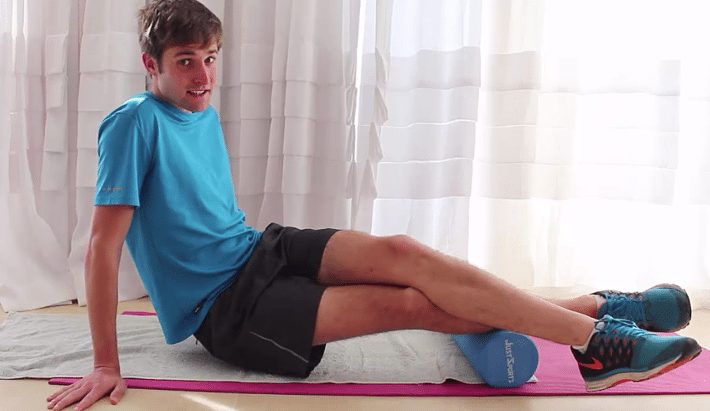Stretching
Episode #6 of the course “Ultimate Guide to Running” by Matthew Henshall
Stretching is an often misunderstood tool used by runners. Why do we stretch? What is the benefit of doing it before a run? When is the ideal time to stretch? Should it hurt?
There are two important times to stretch and two different types of stretching. Stretching can be done i) after a warm-up and ii) after a run. The two main types of stretching are dynamic and static stretching.

After a warm-up
Don’t stretch cold muscles. Warm up with an easy run of 10-15 minutes to get your muscles warm. When you are warm, you can do a short dynamic stretch. The stretch should not be too long or too static, otherwise your muscles will get cold again. You can also use this warm-up as a good time to listen to your body’s tight or injured muscles from a previous run and thus focus your stretching.
• Dynamic stretch
Focus on doing dynamic stretching as much as possible. Don’t think of your tendons as elastic bands that you are trying to make longer; rather, think of them as muscles you are trying to strengthen. Google the following dynamic stretches: leg swings, eagle spinal twists, and bridging. Theses stretches should cause you to sweat. Focus on clenching your muscles during the stretch.
After a run
Many runners can go for a 2-hour run but not spend even 5 minutes stretching afterwards. This is a great time to relax, slow your breathing down, and listen to your body. Start off with some dynamic stretches to loosen up the muscles while they are still warm. If you feel any niggles in the body, you might want to move on to rolling or a static stretch to specifically focus on this muscle.
• Static stretch
Static stretches should be done more carefully, ideally after a run. These include the classic “touch your toes” to stretch the hamstrings and a similar variation to stretch your calves. Others include grabbing your foot behind you and stretching your quad. Theses should only be done when a muscle feels abnormally tight. Don’t overstretch, especially if cold.
Task
• Spend 5 minutes after a run standing in one spot and stretching. Don’t overstretch, but rather focus on gentle, controlled movements while pulling your muscles.
Recommended book
Share with friends

